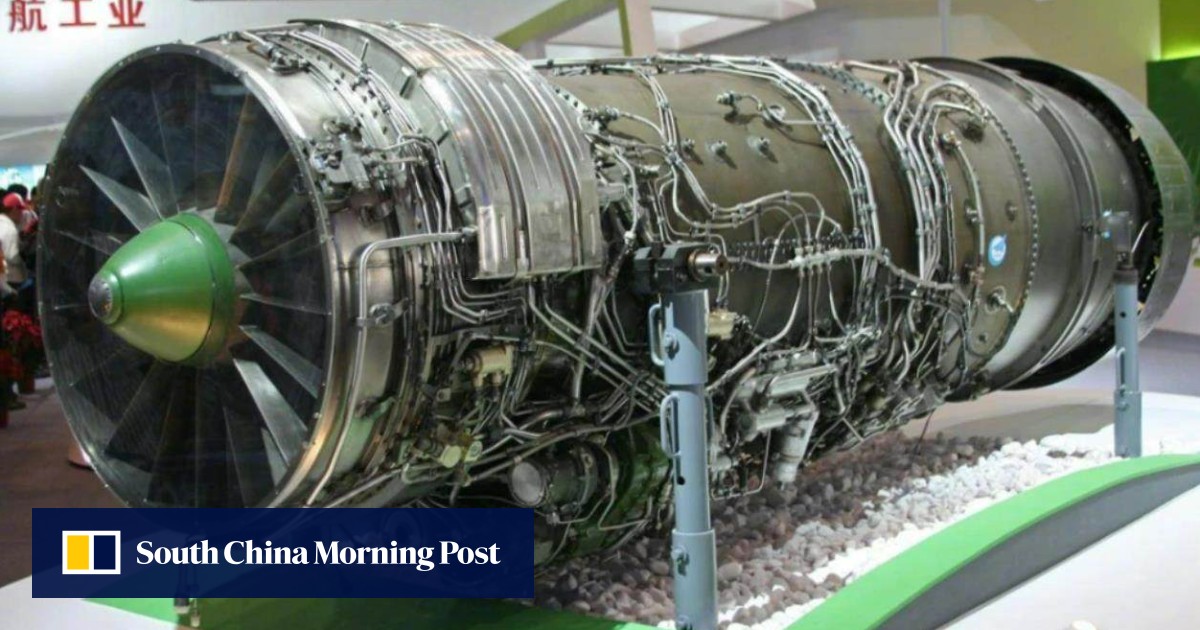SexyChineseLady
New Member
- Joined
- Oct 3, 2016
- Messages
- 5,178
- Likes
- 4,008
There is something called a throttleYeah no straight answergot it
Do you have any data on fuel consumption?
Bcuz more power means more fuel burn which equals less range.
There is something called a throttleYeah no straight answergot it
Do you have any data on fuel consumption?
Bcuz more power means more fuel burn which equals less range.
Dude,youre funny as fuq,There is something called a throttleFuel usage would depend on the pilot and guidelines set by the PLAAF, I would guess.
Your guess is good as mine. But they would sacrifice range only if they go max at all times.Dude,youre funny as fuq,
I didn't ask about whether you're driver riding a clutch,just asked whether min/max consumption has increased.
I don't have good feeling about this, you get defensive when i ask about basic stats.
Lemme drop assumption based on your input,Since you said there is no modification wrt airframe and the throttle response, i think they sacrificed range/airframe life for sheer power.
extra power to manage the new electronics(probably new radar or jammer)
how close am i
Ah..don't play coy with me,i know that you knowYour guess is good as mine. But they would sacrifice range only if they go max at all times.
Upgrading an aircraft's engine usually don't change its role.Ah..don't play coy with me,i know that you know
I think i understand the strategy here,plaaf decided to upgrade j10's to be as a capable interceptor.
90% of this was done by buying Soviet stuff. lolAnd not just now, China was banned from US satellites, GPS, space stations, super computers, nuclear energy, aero engines, etc. years ago. Today China has done pretty well in each of those sectors. I highly doubt it will be any different with silicon
Maybe ws-10 performing better than al-31fp
Yes, higher thrust and greater MBTO.Maybe ws-10 performing better than al-31fp


| Engine | Fighter | Thrust |
| AL-31F | J-11 | 123 kN |
| WS-10A | J-11B | 132 kN |
| AL-31FN | J-10A | 125 kN |
| AL-31FN Series 3 | J-10B | 134 kN |
| WS-10B | J-10C, J-11BG, J-16 | 144 kN |
| AL-31FM2 | J-20 | 142 kN |
| WS-10C | J-20A | 155 kN |
